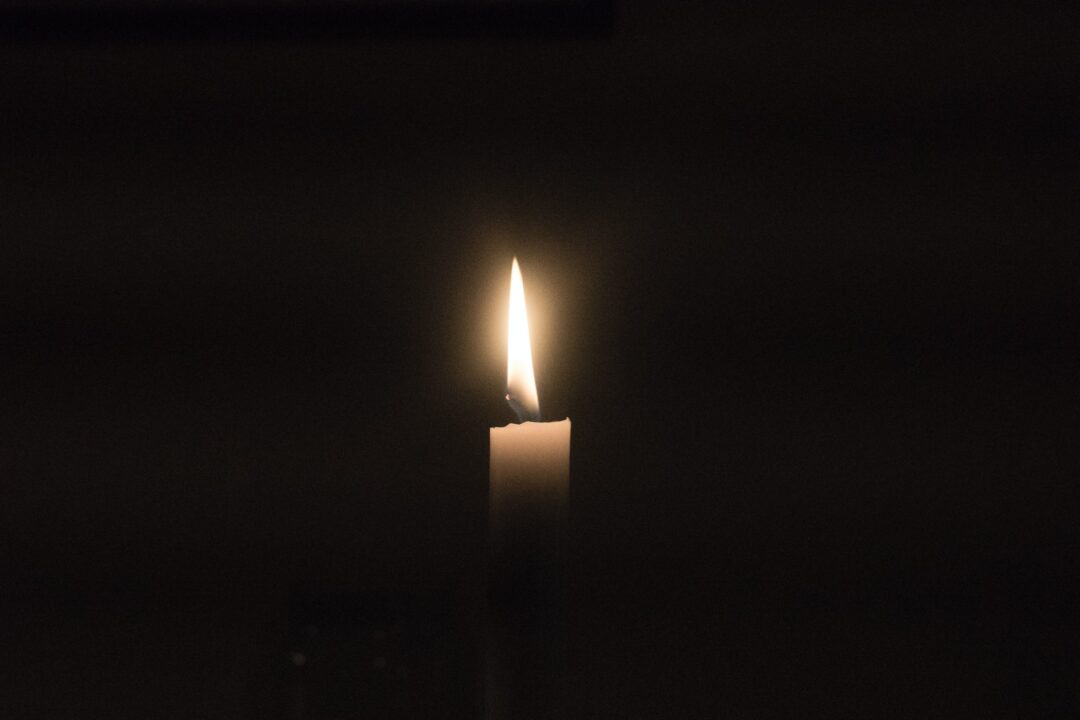To whom it may concern:
Advocates for the Clean Heat Standard insist that the program will only add a few cents to the price of fossil home heating fuels (oil, kerosene, propane, fossil natural gas), that the law, Act 18, is “only a study,” and that, if implemented, it will help low-income Vermonters by lowering their heating bills. All of these claims are observably, demonstrably, and obviously false.
Cost. We already have a 2-cent excise tax on the 200 million or so gallons of fossil heating fuel Vermonters burn every year. It raises between $4 and $5 million. So, a 7—to 10-cent fee/tax/surcharge/credit assessment (whatever you want to call it) will raise at most $20 million per year.
According to a taxpayer-funded analysis done by The Cadmus Group for the Climate Council that informed the Climate Action Plan, in order to meet just the 2030 targets of the Global Warming Solutions Act for the thermal sector (home heating, hot water, cooking), Vermonters will have to, among other things, weatherize 120,000 homes, install 177,107 heat pumps, 136,558 heat pump water heaters, 14,992 advanced wood heating systems, and switch 21,086 homes to using biofuels before the end of the decade. $20 million per year over four years ($80 million) will not come close to covering the cost of this scope of activity. In fact, the recent NV5 potential study indicates the cost to meet the 2030 goals will be more like $3.3 billion, and $9.7 billion overall. Even if non-program revenue sources cover some of that number, 7-10 cents per gallon will not make up the difference.
Given the complexity, logistical requirements, and bureaucracy necessary to set up and oversee the kind of Clean Heat credit market envisioned by Act 18, it is not unreasonable to assume that the cost just to administer the program would be in excess of $20 million per year. So, no, a few pennies per gallon is not a remotely reasonable estimate of total costs.
Act 18 is not just a study. The Global Warming Solutions Act is law, and mandates that Vermonters lower our greenhouse gas emissions to 26% below 2005 levels by 2025, 40% below 1990 levels by 2030 and 80% below 1990 levels by 2050. Those dates and targets are not negotiable. Act 18 “established” the Clean Heat Standard to meet those goals for just the thermal sector. The scope of the work necessary is defined. The target dates for greenhouse gas reductions are set. The Clean Heat Standard “is established” as the mechanism to meet those goals on that timeline.
While some advocates are insisting that a scaled down version of the Clean Heat Standard with fewer costs could be implemented, that is only true if the greenhouse gas reduction targets for other sectors, such as transportation and/or agriculture, are simultaneously increased. And it is worth noting that the legislature has not to this point even contemplated a greenhouse gas reduction plan for either of those sectors, and when they do, those plans are likely to be as unrealistic and cost prohibitive as the Clean Heat Standard.
The Clean Heat Standard is regressive and will not help the poor. Advocates insist that this is a program that will help lower-income Vermonters do what wealthier Vermonters are already doing: switch to heat pumps, etc. in order to move away from fossil heating fuels. But the money that will pay for these transitions via the Clean Heat Standard comes from people buying and burning fossil heating fuels. If the wealthy have already made the switch, the wealthy will not be paying for the program. Who does that leave footing the bill? Low- and moderate-income households that continue to use fossil fuels out of necessity.
Over seventy percent of Vermont households heat with fossil fuels. The types of housing that much of our low- and moderate-income population live in are some of the most challenging and expensive to transition to new non-fossil technologies. As such, it will take longer for them to make these transitions, and while they are waiting, they will be stuck paying higher and higher prices for the fuel they need to survive winter. This problem will be exacerbated by the fact that Vermont does not have anything close to the labor force necessary to do this work on the GWSA mandated timeline.
Recommendations. The PUC has discovered in its research over the past year that the Clean Heat Standard “does not make sense for Vermont” due to the cost, the complexity, potential for fraud, logistical/labor constraints, and the regressive nature of the program.
While the alternative recommendation floated by the PUC to replace the Clean Heat Standard with an “efficiency charge” – a straightforward tax on home heating fuels – would reduce the administrative costs of meeting the GWSA mandates for the thermal sector ghg reductions, it would not affect the direct cost to complete the overall scope of work. It does not address the logistical/labor issues barring successful completion of the work on the mandated timeline. It does not address the regressive nature of increasing the cost of home heating fuels that an overwhelming percentage of Vermonters rely on.
Therefore, the only sensible recommendation for the PUC to make to the legislature is to not move forward with a Clean Heat Standard in 2025, to repeal Act 18, and to amend the Global Warming Solutions Act to reflect realistic goals on logistically achievable timelines and on a scale that Vermonters can afford.
The PUC is soliciting public comments on the Clean Heat Standard until FRIDAY, November 1, 2024. If you don’t want this horrible policy to move forward, flood the inbox before the deadline. Comments should be sent to the PUC via email: puc.clerk@vermont.gov.
